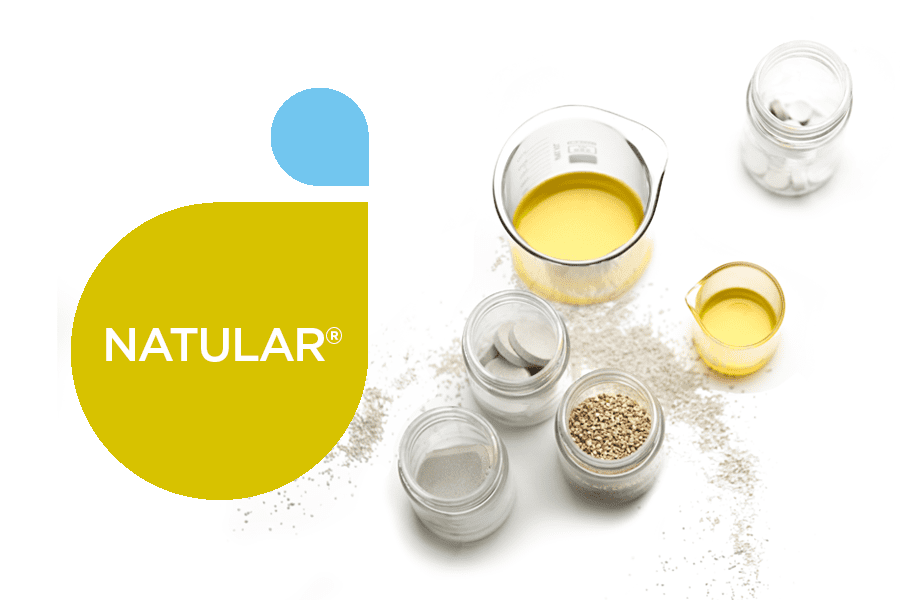PRINCIPLES OF GREEN CHEMISTRY AND MOSQUITO CONTROL PRODUCTS:


Green chemistry emerged alongside pollution prevention initiatives as businesses and newly created regulatory entities such as the EPA sought to better understand and minimize the impact chemical processes had on the environment and human health. Green chemistry expands upon regulatory efforts, urging chemists and engineers to design chemicals and processes that minimize toxicity and waste.
For Clarke, utilizing the principles of green chemistry isn’t just about compliance; it’s about fundamentally altering how we approach chemical formulation and engineering to protect both human health and the environment. We treat it as a call for innovation and progress— to create mosquito control solutions that are economically viable, environmentally sustainable, and socially responsible.
Green chemistry redefines how we conceive chemical products and processes, prioritizing sustainability and safety. The 12 Principles of Green Chemistry serve to guide developers in ways that minimize waste, toxicity, and energy consumption. From preventing waste generation to designing chemicals that degrade harmlessly after use, these principles encapsulate a comprehensive framework for sustainable chemical design and engineering.
In this next portion, we’ll dig deeper into the eight out of the twelve principles of green chemistry relevant to mosquito control product development.
Prevent Waste: Green chemistry advocates for designing chemical products that prevent waste generation, minimizing the need for treatment or cleanup.
In mosquito control, this principle underscores the importance of designing formulations with a minimal environmental footprint.
Choose Safer Chemicals and Design Safer Products: Green chemistry must also balance maintaining effectiveness while minimizing toxicity in the design of chemical products. Chemical designers must understand both toxicology and environmental science in addition to chemistry – and be able to work with all three starting from the molecular level.
Use Safer Solvents: Choosing safer solvents contributes to reducing environmental impact and human health risks. In mosquito control, this principle guides the selection of application methods and carriers that minimize solvent use and potential hazards.
In mosquito control, this involves formulating products using ingredients, solvents, and more that selectively target mosquitoes while posing minimal risks to humans, animals, and the environment.

Increase Energy Efficiency: Increase energy efficiency means to reduce the energy consumption associated with chemical processes – and thus reduce the environmental impacts required by the energy needed.
Use Renewable Feedstocks: Utilizing renewable feedstocks – rather than nonrenwable energy sources such as fossil fuels, coal, oil, and more – in chemical processes helps reduce reliance on finite resources.
Choose Chemicals and Design Products to Degrade After Use: Choosing chemicals and designing products to degrade into innocuous substances after use helps minimize environmental persistence and accumulation.
In mosquito control, these principles encourage the use of naturally derived active ingredients that leverage biological or sustainable environmental processes for enhanced efficacy and reduced environmental impact.

Analyze in Real Time to Prevent Pollution: Real-time monitoring and control during chemical product manufacturing help identify and mitigate potential environmental risks. This includes in-process, real-time monitoring, and control during production to minimize or eliminate the formation of byproducts.
Minimize the Potential for Accidents: Choosing chemicals and designing products to minimize the potential for chemical accidents during explosions, fires, and releases into the environment and its actual use helps ensure worker safety and environmental protection.

100% of the new products Clarke brings to the public health mosquito control market are designed to the principles of Green Chemistry related to product development. This is work we started nearly two decades ago when we began development work on our first NextGen product, Natular larvicides.
Today, this portfolio includes: